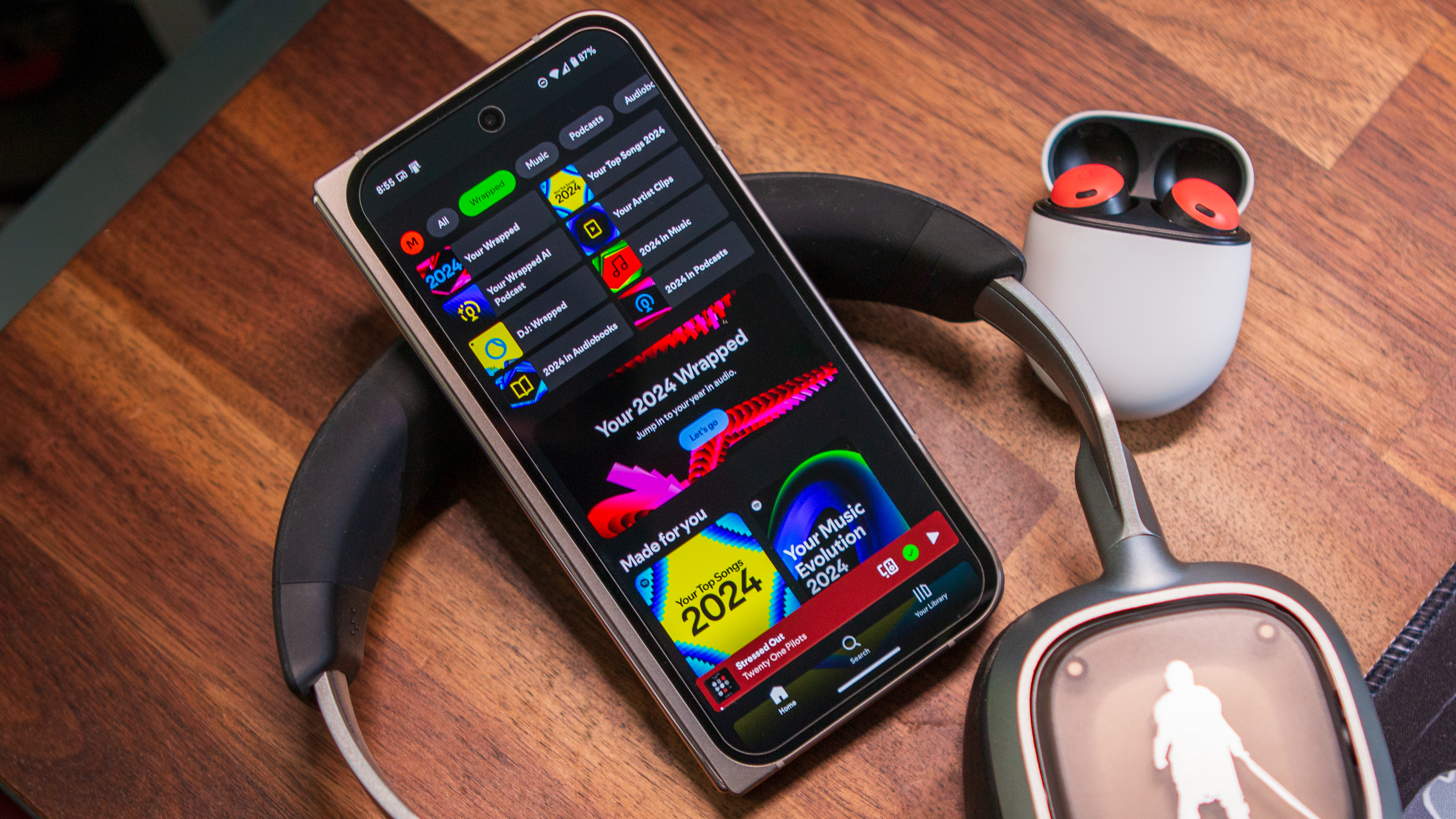What I want to see from Android OEMs in 2024
I get to use a lot of phones, and this is my 2024 wishlist.

It has been a particularly great year for Android phones; we got insane cameras from Xiaomi and Vivo, Google went all-in on AI, OnePlus finally launched a foldable, and Samsung still managed to outsell everyone else by having a larger marketing budget and availability in pretty much all countries.
With 2024 just around the corner, there's a lot to be excited about. We already know a decent amount about key launches like the OnePlus 12 and Xiaomi 14, and with the Galaxy S24 series debuting imminently, Q1 2024 is going to be a busy time in the industry. Having used just about all the phones released in 2023, here's what I want to see from Android brands in 2024.
Samsung

With the Galaxy S24 series slated to launch in January, we don't have to wait long to see if Samsung rolls out any meaningful upgrades or if it's going to be business as usual. What I'm more interested in is the Galaxy A55; it hasn't gotten an overhaul in a few years, and I want Samsung to introduce updated camera modules and a new design next year.
While leaked renders suggest Samsung is going to continue with a similar design aesthetic, the A55 should get slightly faster internals thanks to the Exynos 1480. It could even offer an AMD-based GPU, and that should make things much more interesting in the mid-range segment. And as I'm making requests, I'd really like to see a better wide-angle lens on the back of the mid-range Galaxy A series.
But the biggest change needs to be around charging tech; yes, I understand that Samsung may be reticent to do so, but the brand already offers 45W charging on the S23 Plus and S23 Ultra, and it can easily bring that over to the rest of its portfolio. Samsung also needs to address PWM sensitivity; most manufacturers now offer displays with PWM dimming so that they're easier on the eyes, but Samsung hasn't done much in this segment — you won't find any Samsung devices in our best phones for PWM sensitivity list.
While Samsung is in a dominant position with its foldables, the hardware is nowhere as good as what Chinese manufacturers are doing at the moment. The Galaxy Z Fold 5 felt like an inferior product to all the Chinese foldables I used this year, and the only reason it's outselling everything else is because the other manufacturers don't have a foothold in North America. Samsung needs to do much better with its 2024 foldables, and it can start by adding a wider cover screen to the Z Fold 6.

Google leaned heavily on AI with the Pixel 8 series, and to its credit, it actually delivered useful features that make a difference — Video Boost and Audio Magic Eraser are my favorite features on the Pixel 8 Pro. I want Google to go even further in 2024 with these features and create the ultimate AI-enabled devices.
Get the latest news from Android Central, your trusted companion in the world of Android
Also, I'd like to see some of these AI features show up on the Pixel 8a in 2024; the mid-range segment is where Google truly shines, and I want to see the brand continue to build on the Pixel 7a's strengths.
Like Samsung, Google is too conservative when it comes to charging tech, and I'd like to see that change in 2024. I'm not saying Google should start offering 100W charging on its devices, but if it can manage to go up to 65W over the USB PD 3.0 standard, that would make the Pixels that much more alluring.
More than anything else, Google needs to sort out availability. Its products are still limited to just a dozen countries, and that needs to change if the brand wants to be seen as a serious player in the hardware segment. Honestly, I just want Google to release the next-gen Pixel Fold in India — is that too much to ask?
Xiaomi

Xiaomi had a stellar year on the back of devices like the Redmi Note 12 Pro and Xiaomi 13 Ultra, and I'm excited to see how the brand's reimagined software holds up with the Xiaomi 14 series.
For a while, it looked like Xiaomi would be able to measure up to Samsung in global markets, but that excitement leveled off this year. While the brand continues to do well in the budget and mid-range categories, it still doesn't quite have the same sort of cachet in the high-end segment as Samsung and Google — and this is in spite of the Xiaomi 13 Ultra having the best overall camera package you can get today.
The biggest issue with Xiaomi is its lackadaisical attitude when it comes to launching its marquee products outside China. The Xiaomi 13 Ultra launched globally, but it is only available in a limited set of countries, and Xiaomi's biggest overseas markets missed out on the device. Unlike Google, Xiaomi has the distribution network to release its phones globally, so I'm not really sure what's preventing the brand from doing so. It also needs to bring its foldables outside China if it wants to go up against Samsung and Honor.
OnePlus/OPPO

I was going to suggest that OnePlus release its R series devices globally, but the company has just confirmed that it is doing just that with the OnePlus 12R, so it clearly knows what I want. The move makes a lot of sense; the OnePlus 11R delivers the best features of the OnePlus 11 — including the same primary camera — but it is much more affordable, making it the obvious choice for those looking to maximize value. I didn't understand why the device was limited to India, but I'm glad to see the 12R is going global — it has the makings of a terrific mid-ranger.
Obviously, the standout device of the year has to be the OnePlus Open, and the manufacturer did a terrific job with the foldable. While I may have been a bit harsh in my review, OnePlus did a good job sorting out the software issues a few weeks after launch, and the foldable is faultless now.
OnePlus will also be looking to continue its momentum into 2024. The OnePlus 12 is launching globally on January 23, and it is packing considerable upgrades — both on the camera and charging side of things. I want to see decent upgrades with the Nord portfolio as well, including bringing the Nord numbered series to North America. While the Nord N30 is aimed at the budget segment, it has far too many shortcomings, and the Nord 4 should get a global release next year.
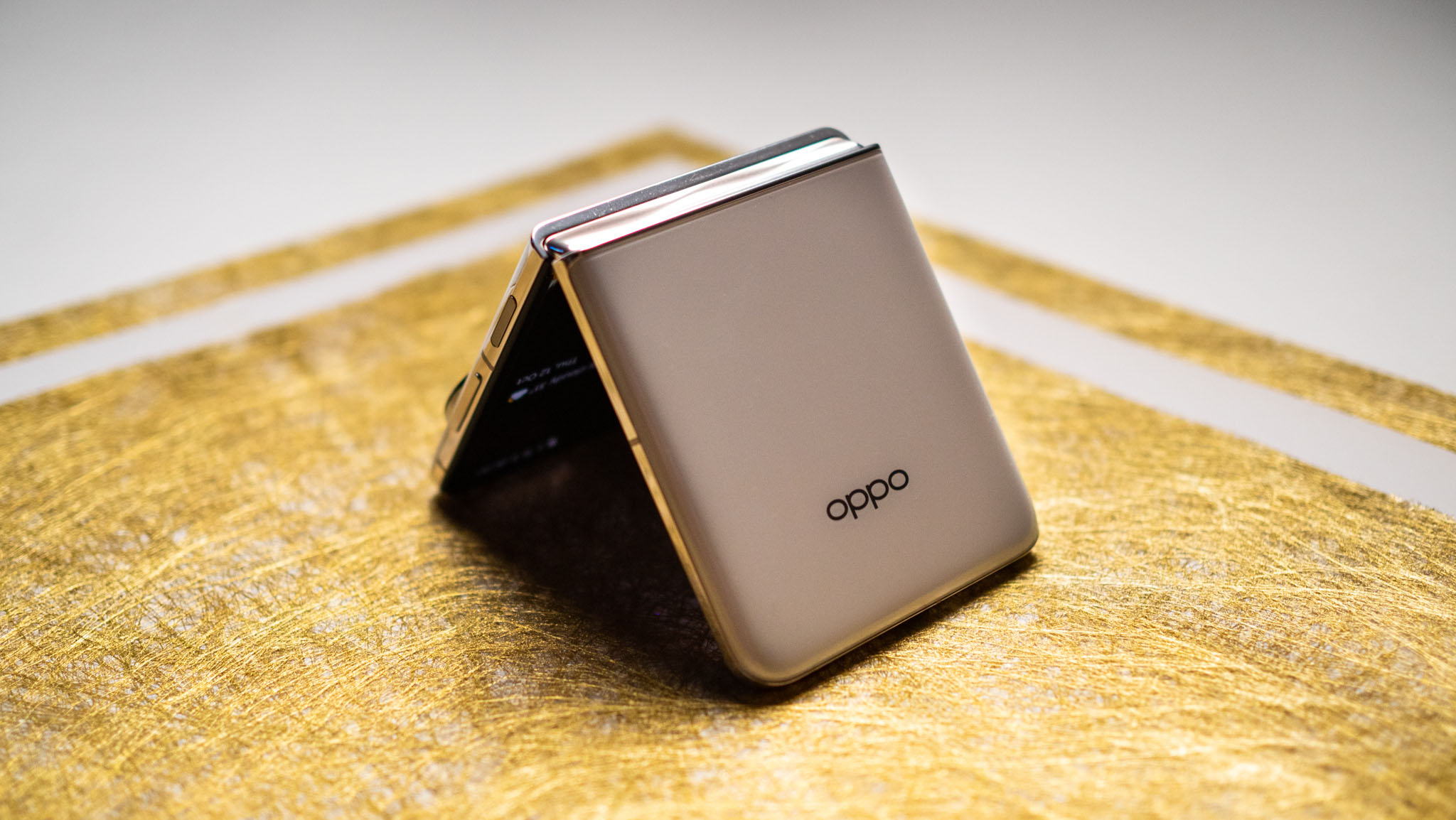
Things were a little different with OPPO this year, with the brand exiting several global markets. It also didn't launch its best phone of the year — the Find X6 Pro — outside China, and that's a letdown, considering how good the cameras are on the device. It doesn't look like OPPO will change its strategy going into 2024, and the Find X7 could be limited to its home country. In global regions, the brand is instead focusing on its foldables and the mid-range Reno portfolio.
For 2024, I want to see a OnePlus flip phone that's based on the Find N3 Flip. It should be relatively straightforward to achieve as the Find N3 Flip already has all the requisite ingredients — an alert slider, ColorOS, legacy OxygenOS features, and a gorgeous design. Launching the device under the OnePlus label allows OPPO access to a significantly wider audience, and it can go up against Samsung in North America.
Honor

Honestly, I didn't think Honor would do as good a job with foldables; the Magic V2 is one of the best phones I used this year, and a lot of that is down to the unbelievably thin design. Honor is also doing a lot of good things in the mid-range segment, and the Honor 90 is a terrific phone with a gorgeous design.
While I have no issues with Honor's hardware, the software needs an overhaul — MagicOS 7.1 still feels too similar to EMUI, and a cleaner design with less bloatware would go a long way in making Honor's phones stand out.
My biggest source of frustration with Honor is that it takes too long to release its devices. I wrote about the Magic V2 three months ago, and when Honor launched the device at IFA, I thought sales would kick off immediately. But that wasn't the case, and the device is now slated to be available in Q1 2024, and that's just too late — Honor really needs to do better in this area in 2024.
ASUS
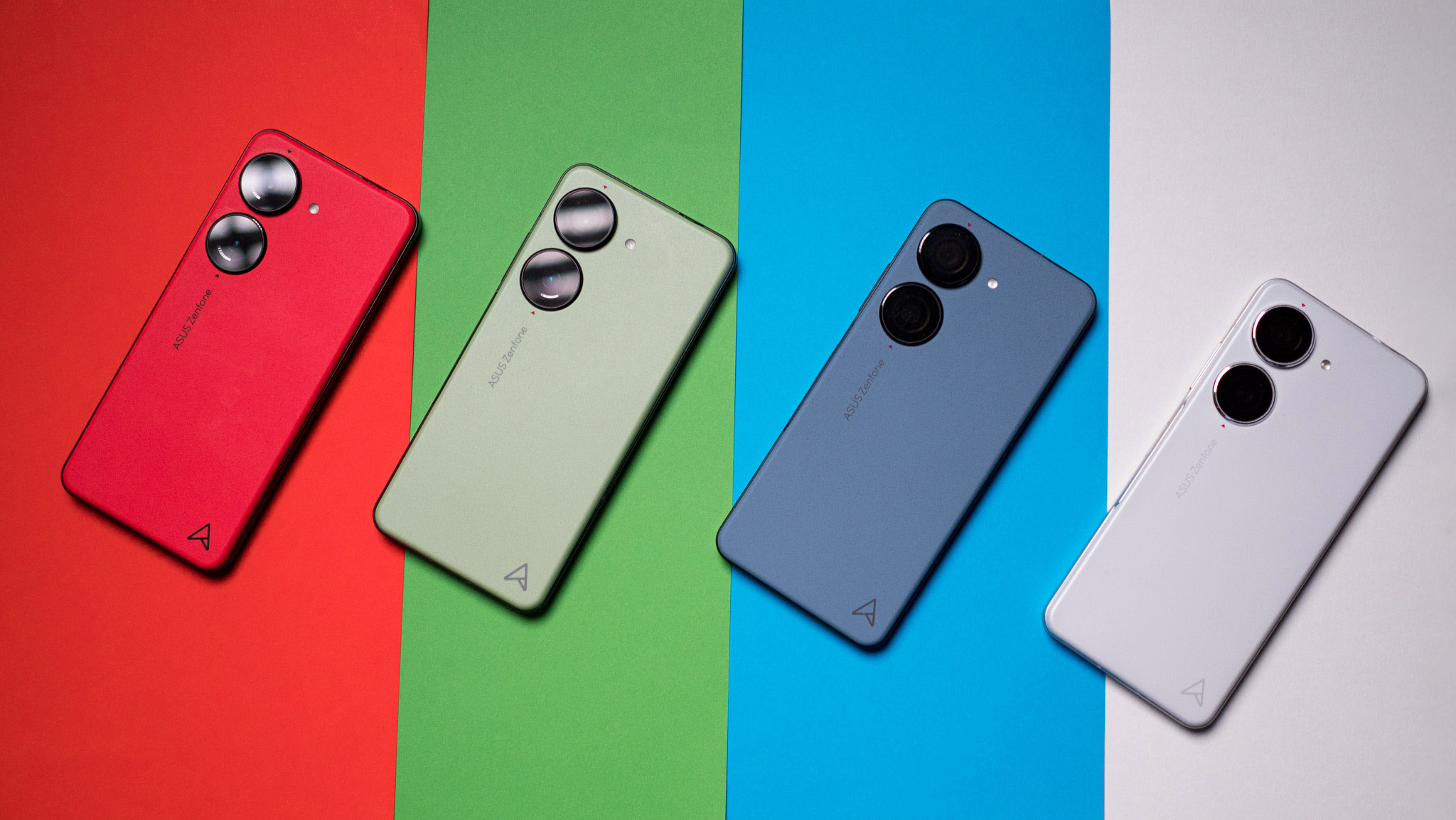
I've been bugging ASUS for the last two years to release a larger version of the Zenfone. The Zenfone 10 is the best small Android phone you can get, with ASUS somehow managing to cram all the features you'll find in a flagship into a small chassis.
While ASUS says it won't release a larger model in the Zenfone series, the upcoming ROG Phone 8 could just be that device; leaks point to a design that's much more mainstream, and that should allow the device to cater to a wider audience. I like what ASUS is doing with its phone strategy, and the only thing I'd like the brand to change is to make its phones available in more countries — I feel like that's a common refrain with most brands.
Vivo

Just like Xiaomi, Vivo had a good year. It rolled out exciting camera tech on devices like the X90 Pro, cleaned up its software efforts, and continued its momentum in key markets. Its 2024 flagship, the X100 Pro, is already selling in a few regions (review out very soon), and it may just be one of the best camera packages that we'll see next year.
The one thing Vivo needs to change is its launch schedule. The brand still has a tendency to flood the market with new products that are barely different from their predecessors. The V27 series launched back in March, and in less than six months, Vivo debuted the V29 and V29 Pro, with the only difference being increased storage, a new wide-angle lens, and slight tweaks to charging tech.
Nothing
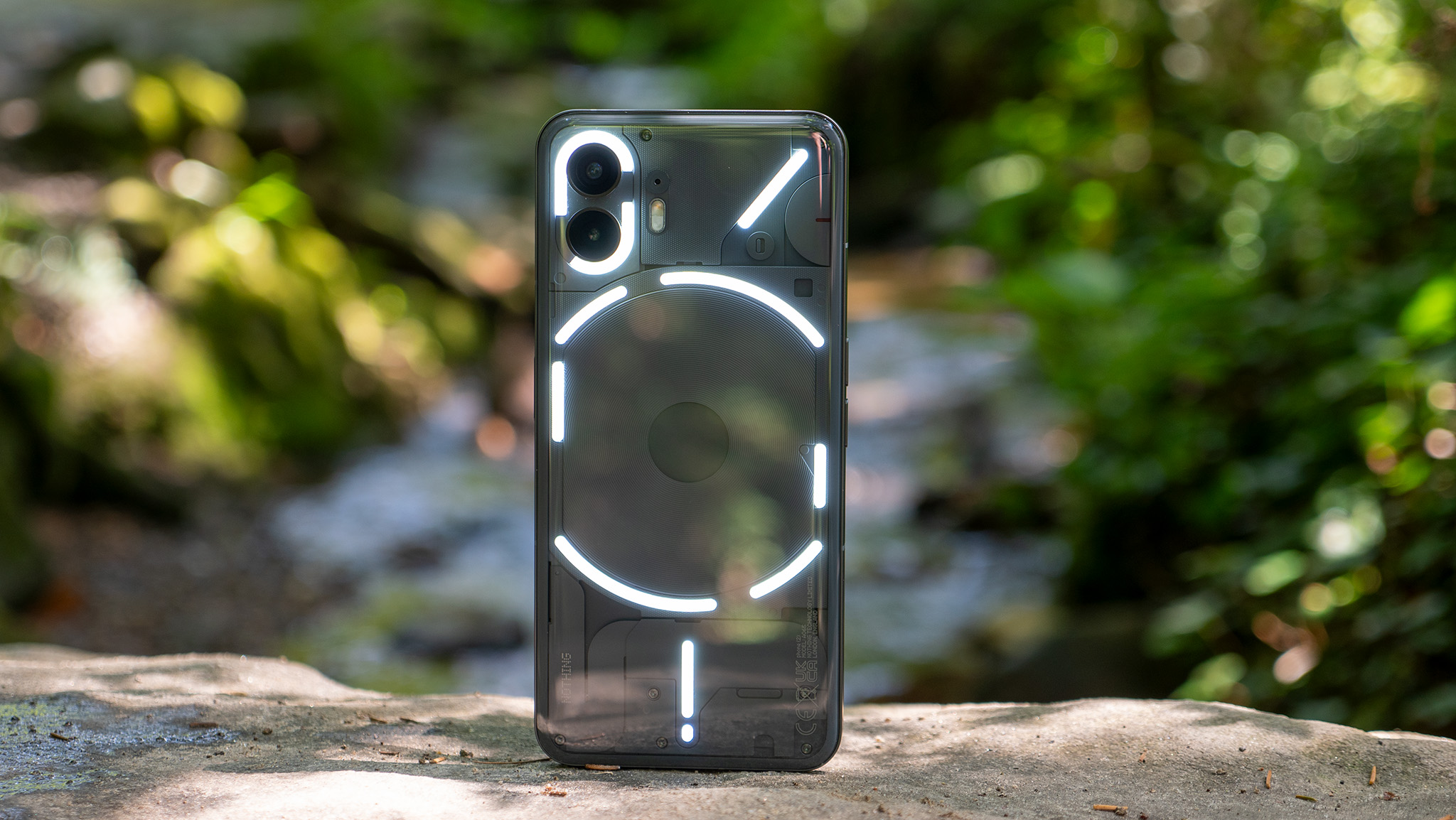
Nothing had a good year on the back of the Phone (2), and the brand made good on its promise of delivering software updates faster. While I didn't talk as much about the device (I've got a long-term review coming soon), it is a decent overall option — if you like the design.
Looking forward to 2024, Nothing needs to focus on the imaging side of things. While the Phone (2) has a better camera than its predecessor, it still doesn't measure up to the best phones in this category, and that needs to be addressed. And while Nothing OS 2.0 has a unique design (much like the phone), it also has plenty of bugs, and I'm waiting to see if these are finally addressed with the Android 14 update.
Motorola
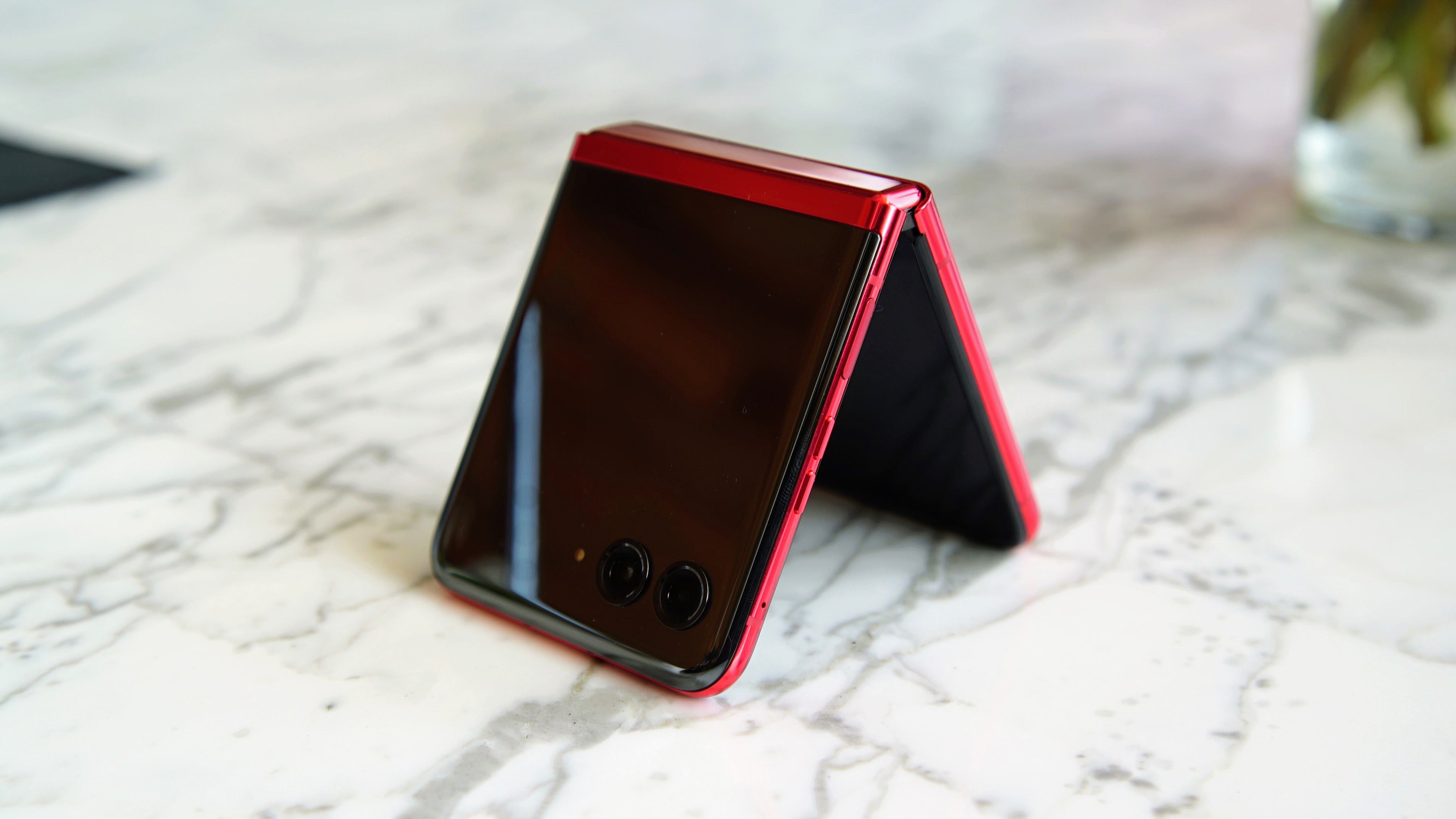
Motorola had a better-than-expected year thanks to the launch of some rather compelling phones. The Motorola Edge Plus (2023) gave us a proper phone to compete with the top Pixel and Galaxy devices, the Razr Plus is a spectacular flip phone with the best cover screen implementation we've seen, and the Moto G Stylus 5G (2023) is perhaps one of the best bang-for-your-buck midrange phones in North America. And that's just talking hardware; Motorola has also upped its software game a bit with better update promises for its flagship phones.
Sure, Motorola may have been voted as the most improved Android brand of 2023, but there are still ways the company can improve going into 2024. Software is a big part of that, and the company has started this annoying habit with its midrange devices where it will install annoying ad-like bloatware that's harder than it should be to get rid of. And while Motorola's software promise has improved with flagship devices, it still falls behind with its cheaper phones, which is a shame when Samsung's upgrade promise extends across its lineup.
Motorola also has to be much quicker and more communicative regarding its major update plans. Companies such as Samsung, Xiaomi, Nothing, and even Sony have all started rolling out Android 14, while Motorola has been radio-silent on the matter. What's the point of offering better software promises when we're waiting longer than everyone else to get these promised updates?

Harish Jonnalagadda is Android Central's Senior Editor overseeing mobile coverage. In his current role, he leads the site's coverage of Chinese phone brands, networking products, and AV gear. He has been testing phones for over a decade, and has extensive experience in mobile hardware and the global semiconductor industry. Contact him on Twitter at @chunkynerd.
- Derrek LeeManaging Editor
